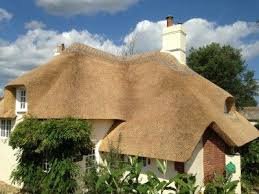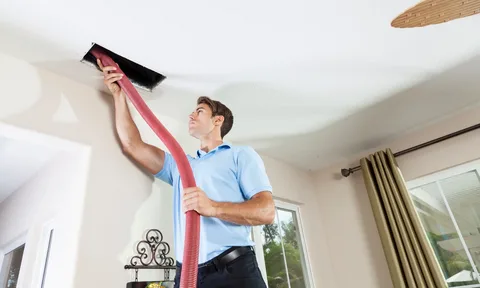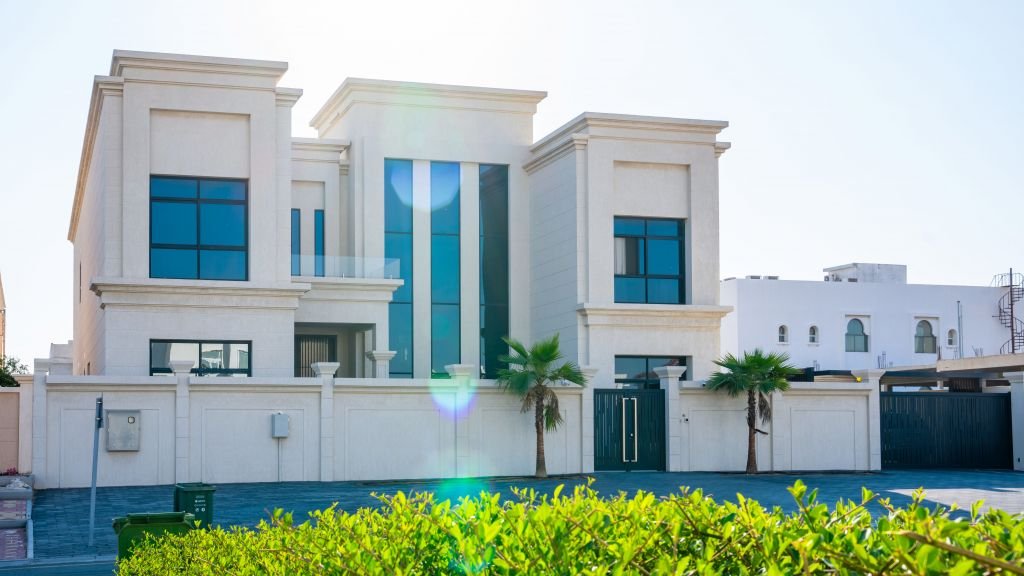Dorset is a county renowned for its rich history and natural beauty, and one of its most iconic features is the charming thatched roofs that adorn many homes. The art of thatching is not just a roofing technique but a centuries-old tradition that holds deep cultural significance. Whether you’re a homeowner in Dorset or simply a fan of traditional craftsmanship, understanding the art of thatching is an essential part of appreciating the county’s architectural heritage.
If you’re curious about how to maintain a thatched roof in Dorset, or if you’re considering adding one to your home, you can explore more about this incredible tradition at Rod Miller Thatched Roof Services.
What Is Thatching?
At its core, thatching is the process of covering a building’s roof with a thick layer of straw, reed, or other natural materials. It’s a method that has been used for centuries and continues to be employed today, particularly in rural and historical areas like Dorset. The roof material is typically bound together and applied in layers, creating a protective and insulating covering that keeps homes warm in winter and cool in summer.
A Roof with Character
Unlike modern roofing materials like slate or tile, a thatched roof brings a unique aesthetic to any home. Its natural look blends beautifully with the surrounding environment, especially in picturesque places like Dorset, where the countryside meets the sea. The artistry behind a thatched roof is what makes it a symbol of both beauty and functionality.
The History of Thatching in Dorset
Thatched roofs have been a staple in Dorset homes for centuries. They were originally used by early settlers as an affordable and efficient roofing solution. Over time, this practical roofing method evolved into an art form, with skilled thatchers perfecting the craft.
From Early Beginnings to Modern Day
In Dorset, thatching was initially a rural practice, with materials such as straw, reeds, and heather being readily available. As the craft advanced, different areas began to develop their own distinct styles of thatching, influenced by the materials available and the preferences of the local people. Today, many thatched roofs in Dorset still showcase these traditional styles, representing the county’s heritage.
The Materials Used in Thatching
The materials used for thatching vary depending on the region and the availability of resources. In Dorset, thatchers typically work with two main types of materials: water reed and combed wheat reed.
Water Reed
Water reed, which grows in marshy areas, is considered the premium material for thatched roofs in Dorset. It is durable, weather-resistant, and highly effective at insulating homes. Water reed roofs have a distinctive, smooth appearance and can last up to 50 years or more with proper maintenance.
Combed Wheat Reed
Combed wheat reed is another popular choice for thatching. It’s harvested from wheat fields and treated to make it suitable for use as roofing material. While it may not last as long as water reed, it is still a highly effective and aesthetically pleasing material. Combed wheat reed roofs tend to have a slightly rougher texture and are often used for homes with a more rustic or traditional look.
The Craftsmanship Behind a Thatched Roof
Creating a thatched roof is a highly skilled process that requires precision, patience, and expertise. A thatcher must have a deep understanding of the materials, techniques, and structural requirements needed to create a durable, functional roof.
The Process of Thatching
The thatching process begins with the construction of a wooden frame, which provides the base for the thatch. Once the frame is in place, the thatching materials are carefully arranged in layers. The first layer, known as the “undercoat,” is placed on the roof, followed by subsequent layers of reed or straw, which are bound together with twine or wire.
As each layer is added, the thatcher ensures that the materials are tightly packed and arranged in a way that will provide maximum protection against the elements. The roof is then shaped and trimmed to create the signature appearance of a thatched roof: a beautifully smooth, yet textured surface.
The Role of a Thatcher
A thatcher is more than just a roofer. They are artists who take great pride in their work, as the quality of their craftsmanship directly impacts the longevity and aesthetic appeal of the roof. In Dorset, many thatchers come from families with generations of experience, passing down their knowledge and skills from father to son.
The role of the thatcher goes beyond just installing the roof; they must also be capable of maintaining and repairing thatched roofs to ensure they remain in top condition for decades.
Why Thatching is Still Popular in Dorset Today
Despite the rise of modern roofing materials, thatched roofs continue to be a popular choice for homes in Dorset. But why is this centuries-old method still in demand?
1. Aesthetic Value
There’s something undeniably charming about a thatched roof. It brings an element of warmth and character to a home that can’t be replicated with modern materials. The natural look of a thatched roof complements Dorset’s rural landscape and historical homes, making it an attractive choice for homeowners.
2. Environmental Benefits
Thatching is an environmentally friendly option. The materials used for thatching are natural and renewable, making them a sustainable roofing choice. Additionally, the thick layer of thatch offers excellent insulation, reducing the need for artificial heating and cooling in the home. This makes it a more energy-efficient option, particularly in rural areas like Dorset.
3. Longevity
When properly maintained, a thatched roof can last for several decades. The use of high-quality materials, like water reed, ensures that the roof remains durable and weather-resistant. As a result, many homeowners in Dorset opt for thatched roofs because of their long-term value and longevity.
The Cost of Thatching a Roof
While thatched roofs have numerous benefits, they also come with a higher initial cost compared to traditional roofing materials. This is due to the labor-intensive nature of the craft and the high-quality materials used. However, the long lifespan of a thatched roof often makes it a worthwhile investment.
Factors Affecting the Cost
Several factors can influence the cost of thatching a roof, including:
- The size and complexity of the roof
- The materials used (water reed is more expensive than combed wheat reed)
- The skill and reputation of the thatcher
- Any necessary repairs or maintenance
Maintaining Your Thatched Roof
A thatched roof requires regular maintenance to keep it in top condition. Basic upkeep, such as clearing the roof of debris and checking for damage, can be done by homeowners. However, more extensive repairs, like re-thatching or patching damaged areas, should be left to professionals.
How Often Should You Maintain Your Thatched Roof?
It’s recommended to inspect your thatched roof at least twice a year—once in the spring and once in the fall. This allows you to catch any potential issues before they become major problems. Additionally, if you live in an area with heavy rainfall or storms, more frequent checks may be necessary.
Conclusion: Thatching – A Timeless Tradition
Thatching is more than just a roofing technique—it’s a tradition that has stood the test of time in Dorset. With its combination of beauty, sustainability, and functionality, thatched roofs continue to be a beloved feature of the county’s architectural landscape. If you’re lucky enough to own a Dorset home with a thatched roof, make sure to take care of this historic treasure by investing in regular maintenance and repairs.
The craftsmanship of a skilled thatcher ensures that the roof remains both functional and beautiful for many years to come, preserving the heritage and charm of Dorset for future generations.












Leave a Reply